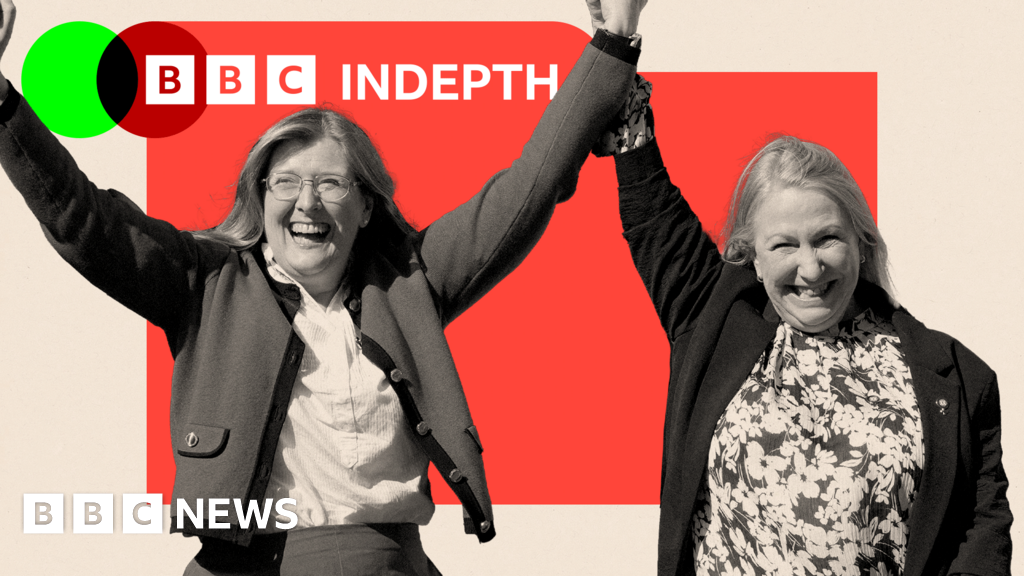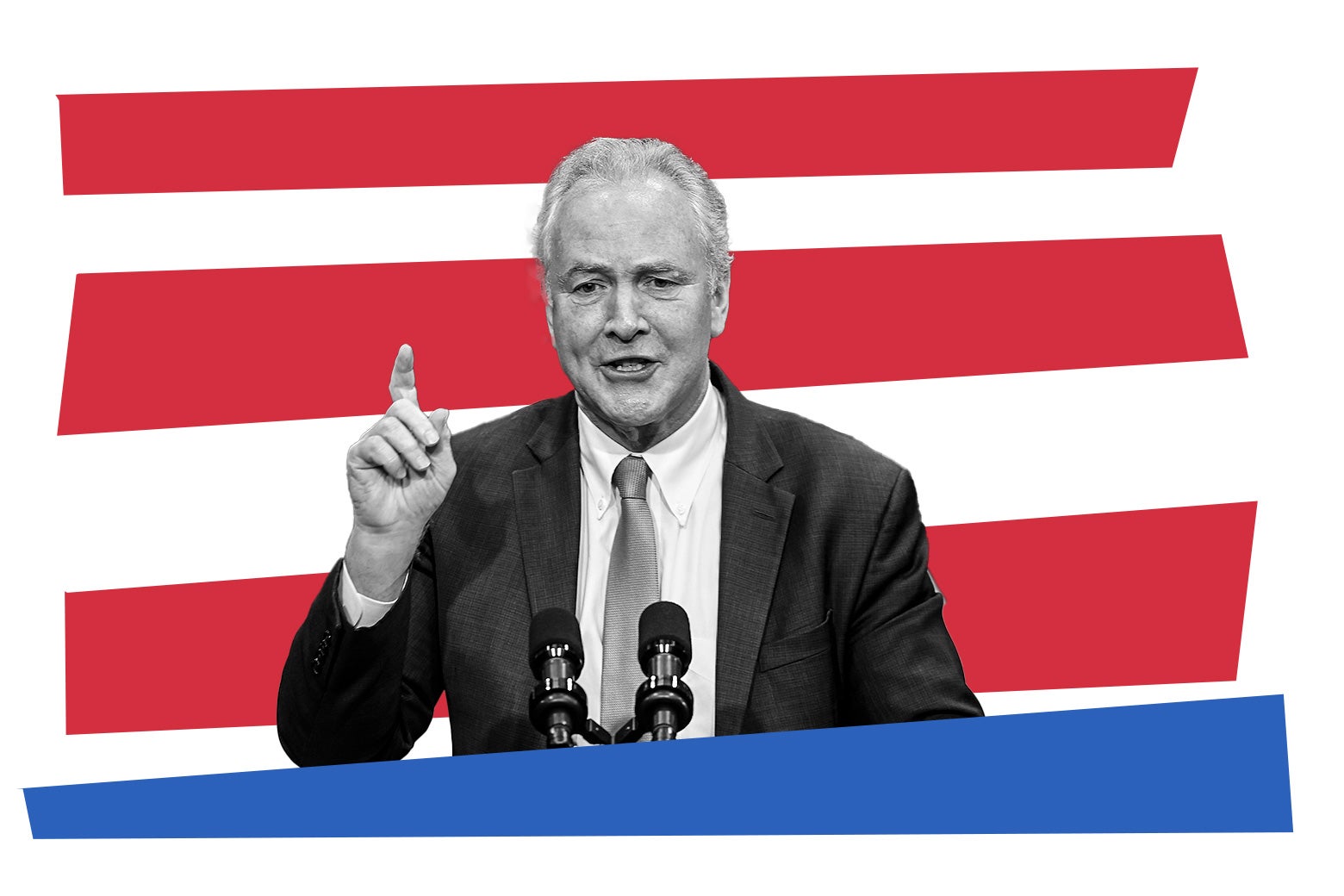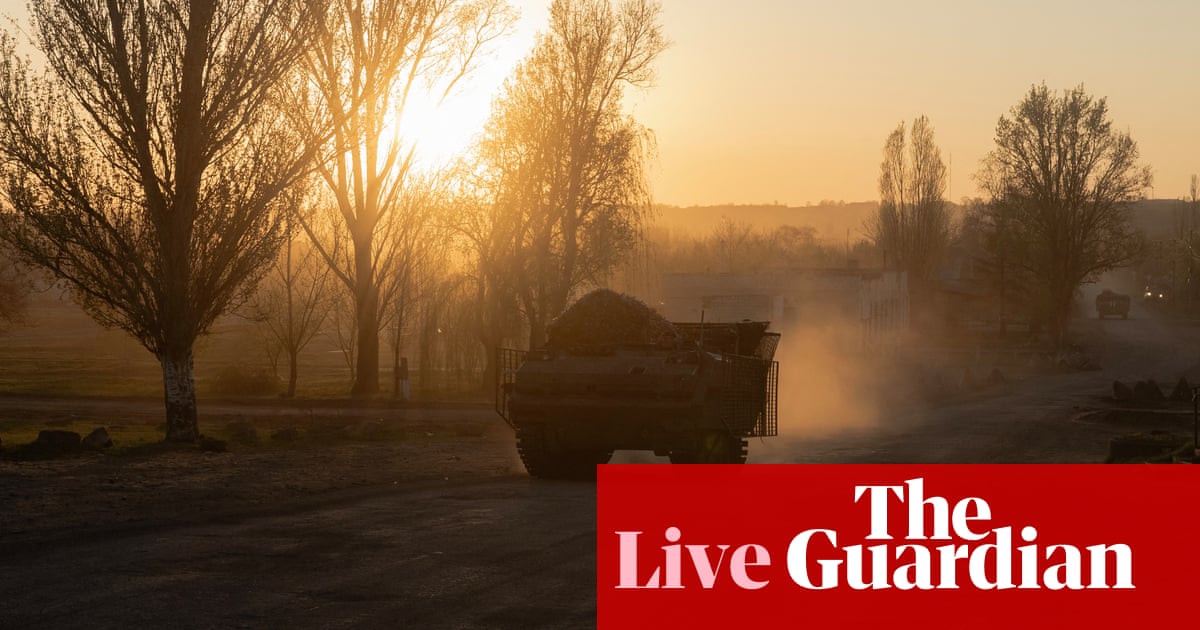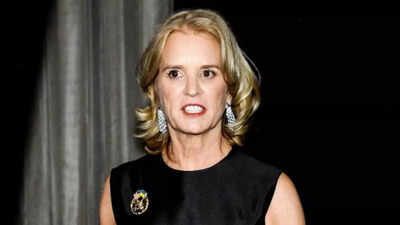Supreme Court Ruling Brings Clarity to Definition of 'Woman' Amidst Polarized Reactions

The ruling from the Supreme Court has stirred a wide range of emotions across the country, with reactions spanning from jubilation to despair. The decision, made public just 24 hours ago, clarifies that legally, the term "woman" refers specifically to biological women. This interpretation, provided by a panel of five judges, is seen as a pivotal moment in the ongoing debate surrounding gender identity and sex definitions. It underscores a binary understanding of sex, stipulating that biological males, regardless of gender transition, do not fit under the legal definition of a woman.
As the nation absorbs the implications of this ruling, the differing perspectives highlight the complexities and tensions surrounding gender identity. For some, the judgment was heralded as a "victory for common sense," while others, particularly within the transgender community, described it as a "devastating" blow. Baroness Falkner, who heads the Equalities and Human Rights Commission (EHRC), shared her view that the ruling should be seen as a moment of clarity, but also emphasized the necessity of recognizing and respecting the rights of transgender individuals.
Baroness Falkner has faced significant backlash since assuming her role in 2020 and has been vocal about the abuse experienced by those who engage in the contentious discussions surrounding gender identity. She noted, "I had not realized how difficult the job would be. It has taken a toll, but if you are in public life, you have to take that." This statement reflects the broader reality where public discourse around gender has become increasingly fraught with hostility.
In stark contrast, trans rights activists and organizations like TransActual expressed their profound disappointment with the ruling. Jane Fae, an activist with the group, articulated feelings of exclusion, stating, "Today we're feeling very alone. What does this mean - can I use this loo, can I do that?" Such sentiments underscore the very real anxieties faced by many in the trans community as they navigate a landscape that feels increasingly hostile.
Womens advocacy groups, on the other hand, rejoiced at the Supreme Court's decision, feeling vindicated in their arguments regarding the need for single-sex spaces to ensure privacy, safety, and dignity. Helen Joyce, the director of advocacy at the campaign group Sex Matters, remarked that this ruling is "incredibly important for the half of humanity who need single-sex spaces." The case was initially brought forth by For Women Scotland, a group that sought to challenge a Scottish policy mandating that 50% of positions on public boards be held by women, a definition that included trans women.
This case underscores a growing divide in the discussion about gender identity, with many feeling that their voices are being drowned out by the fervor of opposing perspectives. The Supreme Court's decision has thus been seen as a necessary measure to provide clarity in an area rife with ambiguity and contention.
The cultural backdrop to this ruling reveals that the definitions of "woman" and "sex" have evolved into a contentious battleground, with issues of safety, human rights, and legal recognition at stake. Many advocates argue that the fight for legal recognition of transgender rights has been long and arduous, with significant progress made following landmark rulings at the European Court of Human Rights. The 2005 Gender Recognition Act, which allows individuals to change their legal gender, was a critical development in this ongoing struggle.
However, the complexities of the law and its interpretations mean that debates surrounding gender identity will likely persist. Legal experts have raised concerns that this ruling sets a precedent for legal protections to conflict, placing competing rights against one another. As social media amplifies these discussions, the polarizing nature of the debate is further entrenched, often leading to heightened animosity and misunderstanding.
As the Supreme Court ruling begins to take effect, organizations like the EHRC are working to provide clear guidelines on how this ruling will impact existing laws and practices. The guidance is expected to clarify that women-only facilities should not include biological males who identify as women, posing new challenges for institutions in defining their policies and accommodating the needs of all individuals.
These developments have raised numerous questions about how various sectors will adapt to the ruling. For instance, the NHS is currently reviewing its policies on accommodating trans individuals in single-sex wards. The British Transport Police have already announced changes to ensure that strip searches are conducted by officers of the same biological sex, reflecting a shift in practice following the ruling.
As the summer approaches, the EHRC anticipates releasing updated statutory codes of conduct, which will likely clarify the expectations surrounding single-sex spaces and the treatment of transgender individuals. Until then, many organizations, from businesses to domestic violence charities, find themselves in a state of uncertainty about how to navigate this evolving landscape.
Overall, while the Supreme Court's ruling brings a sense of clarity to the legal definitions of sex and gender, it also highlights the ongoing divisions within society regarding these issues. For many, the journey toward understanding and acceptance is just beginning, and the dialogue will continue to evolve as more people engage in these critical conversations.


















